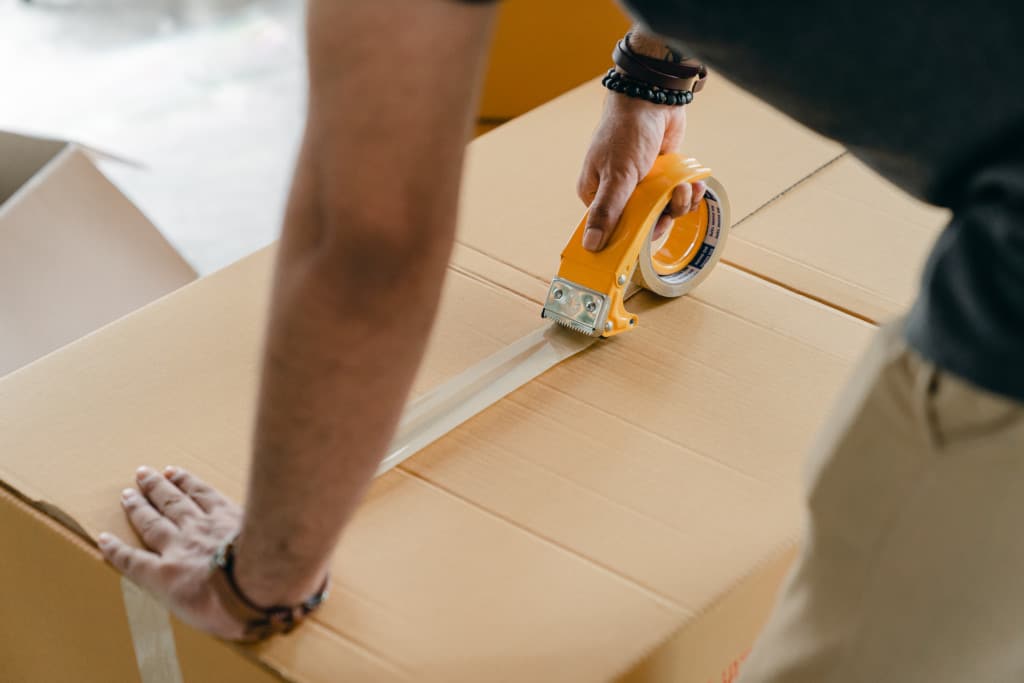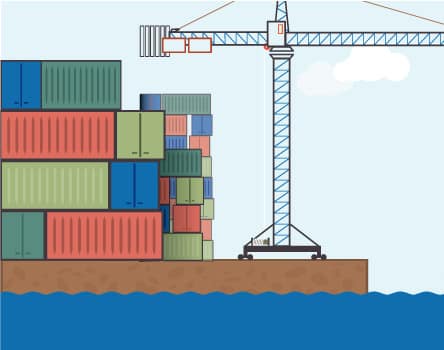Every Friday, we answer a common question about fulfillment, shipping, or business. This week’s question comes from a reply to one of our weekly emails. Today we will answer the following question: “how does same-day shipping work?”
How Same-Day Shipping Works When You Order from a Store
Let’s use the example as Amazon. We know that’s probably what you were thinking of anyway!
Amazon smartly uses their data to predict the demand of certain items in certain geographic areas. The math and science behind this can become really complex really quickly, but suffice it to say that their demand predictions are surprisingly accurate. That allows Amazon to store items you’re likely to buy in warehouse that are close to you.
Next, you’ll notice that same-day shipping is available only for a very limited number of items. Furthermore, you can’t have an item delivered the same day if you order at, say, 9 pm. In this sense, there are pretty strict rules that items have to meet before they are eligible for same-day shipping.
Another piece of the puzzle that enables Amazon and similar stores to offer same-day shipping is the fulfillment center. When managed properly, many shipping delays can be avoided by fulfillment centers that ship orders in a timely manner. (This is why we work so hard to ship orders from our own warehouse quickly – we know it’s a massive value-add for our customers.)
In summary, not only do the fulfillment centers run efficiently, but the item you ordered is in a warehouse close to you. That means the item doesn’t have to travel far when it’s out for delivery by a carrier like USPS, UPS, or DHL.
How Same-Day Shipping Works When You’re Shipping an Item
No matter who is shipping an order – be it an individual or a megacorporation like Amazon – a carrier performs the actual delivery. You might have noticed that all major carriers offer some form of same-day delivery, though their normal domestic shipping times are usually closer to 3-5 days.
What gives? If it takes 3-5 days to deliver an item, why would paying extra enable same-day or next-day shipping?
This hearkens back to a post we wrote a while back. When packages are shipped, they do not go in a straight line. Instead, they bounce from transit hub to transit hub, moving in the most cost-effective way possible. However, if a package really needs to move quickly, a carrier can make sure that it is delivered using the straightest route possible. This costs extra for two reasons:
- The package is no longer sent via the cheapest route.
- The package, along with other same-day shipments, have to be separated from the bulk of other shipments.
Though all major carriers have routine processes for handling same-day shipments, they try to discourage overuse of the system. After all, they want the bulk of items to be shipped using the most cost-efficient routes with minimum extra labor.
The reasons for the extra charges are simple, but the rate difference is profound. For example, sending a 2 pound package across town would cost me $10 through FedEx normally, but a whopping $111 to send using same-day delivery.
Final Thoughts
Same-day shipping is practically a miracle of modern logistics. To make same-day shipping feasible, companies have to predict your desires and store items near you. Once you order the item, the warehouse has to prep it for delivery and hand it off to a postal carrier super quickly. The carrier must then calculate the quickest possible route to deliver the package to your doorstep in a matter of mere hours.
A carrier can ensure that a product moves in the straightest line possible from fulfillment to final destination, rather than bounce from transit hub to transit hub.





